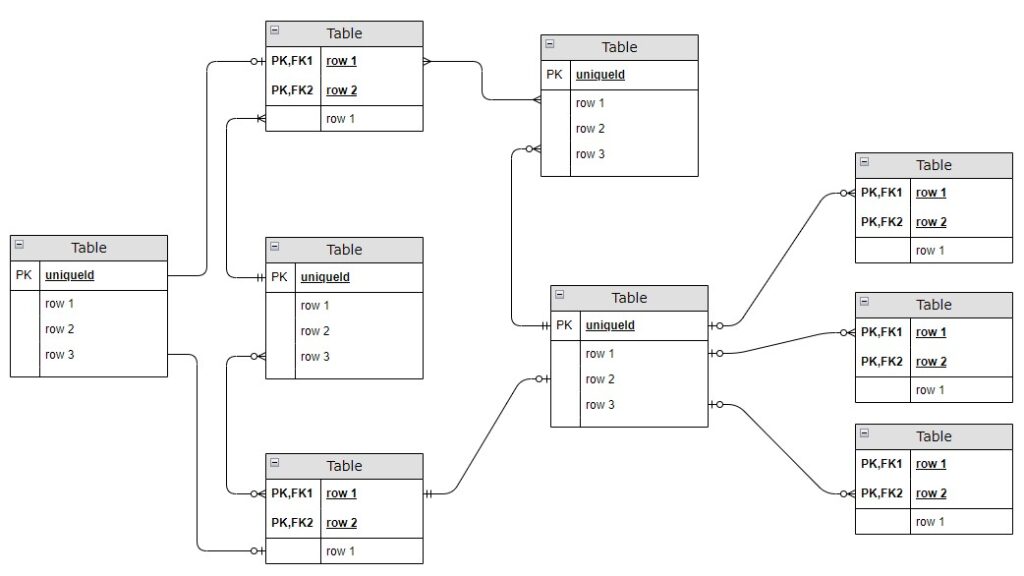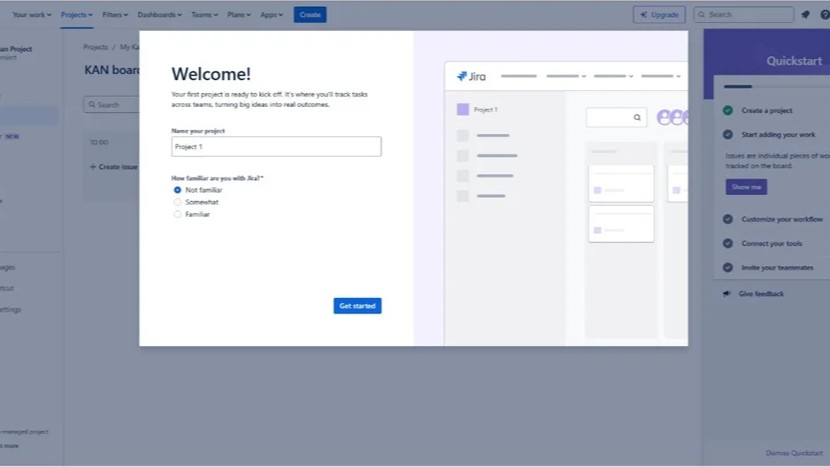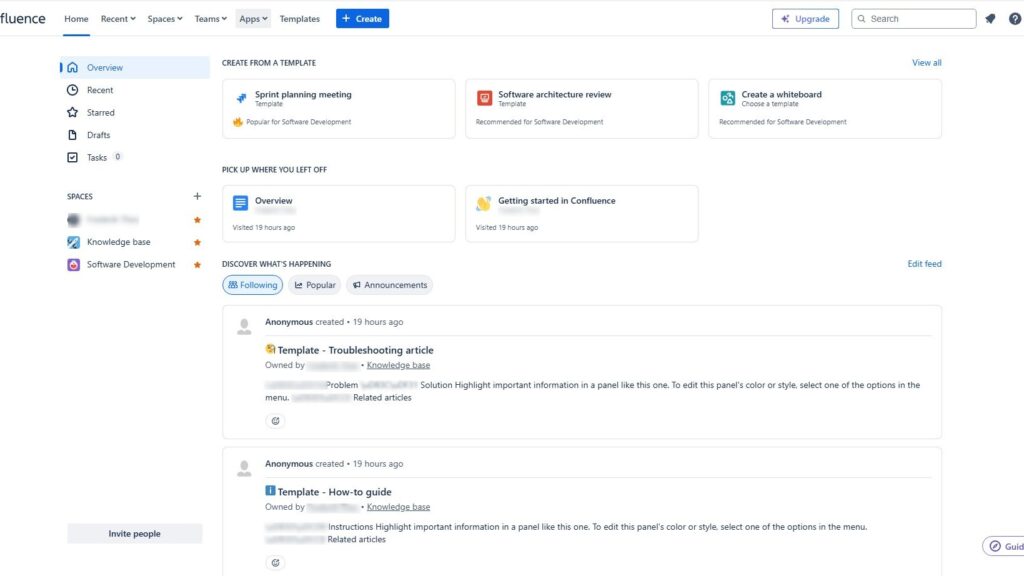When I first discovered Information modeling for existing systems, I was truly intrigued. Existing systems contain valuable insights that can guide the creation of effective information models. These models go beyond theory — they reveal classes, attributes, relationships, and multiplicities hidden in real data. In my experience, using existing systems for information modeling is both challenging and deeply rewarding, as it bridges the gap between legacy knowledge and future design.
Leveraging What’s Already There: Tapping into Existing Resources
Consider this: You’re tasked with modeling a system that’s been in place for years. On one hand, you’ve got a lot to work with — logical or technical information models, interface specifications, and data warehouse descriptions. These resources are invaluable. They provide a foundation that’s already been tested and refined over time.
A Closer Look: The Benefits of Existing Information Models
For example, let’s say you’re working with an entity-relationship model (ERM) from an old database. This ERM isn’t just a diagram; it’s a map of how data flows through the system. It shows you what entities exist, how they interact, and where the data is stored. By leveraging this existing model, I can quickly identify the key components of the system and understand the relationships between them. Moreover, it provides a clear view of the system’s current architecture, allowing me to build on what’s already there.

The Validation Challenge: Avoiding Common Pitfalls
But here’s the catch: Existing information isn’t always accurate. Just like in system archeology, you need to validate and check this information meticulously. I’ve found that some data might be outdated or incomplete. This can lead to incorrect assumptions and flawed models.
For instance, an old interface specification might describe connections that no longer exist. Or a data warehouse description might include tables that are no longer in use. Therefore, it’s crucial to cross-reference these documents with the current state of the system.
Turning Challenges into Opportunities
However, don’t let this challenge discourage you. There’s a silver lining. By thoroughly examining and updating the existing information, you not only avoid potential pitfalls but also gain a deeper understanding of the system. This process can also uncover hidden opportunities for optimization that weren’t apparent before.
For example, during one of my projects, I discovered that by reconfiguring a few outdated relationships, I could improve the system’s efficiency significantly.
Conclusion: Building on a Strong Foundation
In conclusion, information modeling for existing systems is a powerful tool. By leveraging existing resources, we can build robust models that not only reflect the current system but also enhance its performance. The key is to approach the process with a critical eye, validating and updating information as needed. And by doing so, we can turn potential challenges into opportunities for improvement.
What’s Next?!
Now that you’ve explored how Information Modeling for Existing Systems uncovers structure and meaning in what already exists, it’s time to take a step back and ask the bigger question. In my next article, “Why Model Requirements?” I’ll explain why modeling is more than just documentation — it’s a strategic tool for clarity, communication, and project success. Join me to discover how modeling turns abstract ideas into actionable, high-quality requirements.
This text is based on content from the source: International Requirements Engineering Board (ireb.org). The International Requirements Engineering Board is the owner of the copyright.



